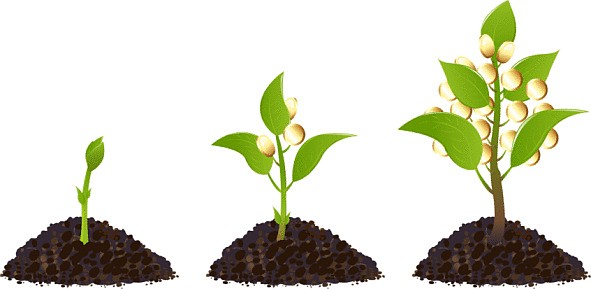How to prepare now for richer garden soil this spring
November 23, 2011 at 11:34 a.m. | Updated November 23, 2011 at 11:34 a.m.
The old vegetable gardening maxim, "Feed your soil, so it can feed you," is particularly apt in the fall. The soil in your vegetable garden is used to grow living things and, as such, contains multiple living organisms, which help to foster that growth. The microorganisms and insect life present in soil are designed to thrive off of decaying organic matter and turn it into fluffier soil that is richer in plant nutrients, is more balanced in pH, contains fewer plant pathogens, and is better able to use water. As a gardener, the more closely you can build your soil using this natural process, the healthier your future crops will be.
Autumn is an ideal time to apply organic material--such as compost, leaves, straw, vegetable waste, and animal manure--to your garden. The soil life in your garden can slowly convert this organic matter into more beautiful soil during the winter, making it readily available for plants in the spring. Tilling in organic material in the fall also helps you avoid working in muddy soils in the spring and possibly compacting that luscious soil. You can add in mineral amendments at this time, too, if needed. Work all of this matter into the top 5 to 7 inches of soil.
If you're concerned about erosion problems, sow some green manure crops during the fall. These "cover" crops are grown for the purpose of enhancing soil fertility when they later are tilled in. Green manure crops also help to keep weeds down.
Treat your garden to a feast now, so that you can continually feast next year!
Content Provided by Spot55.com





